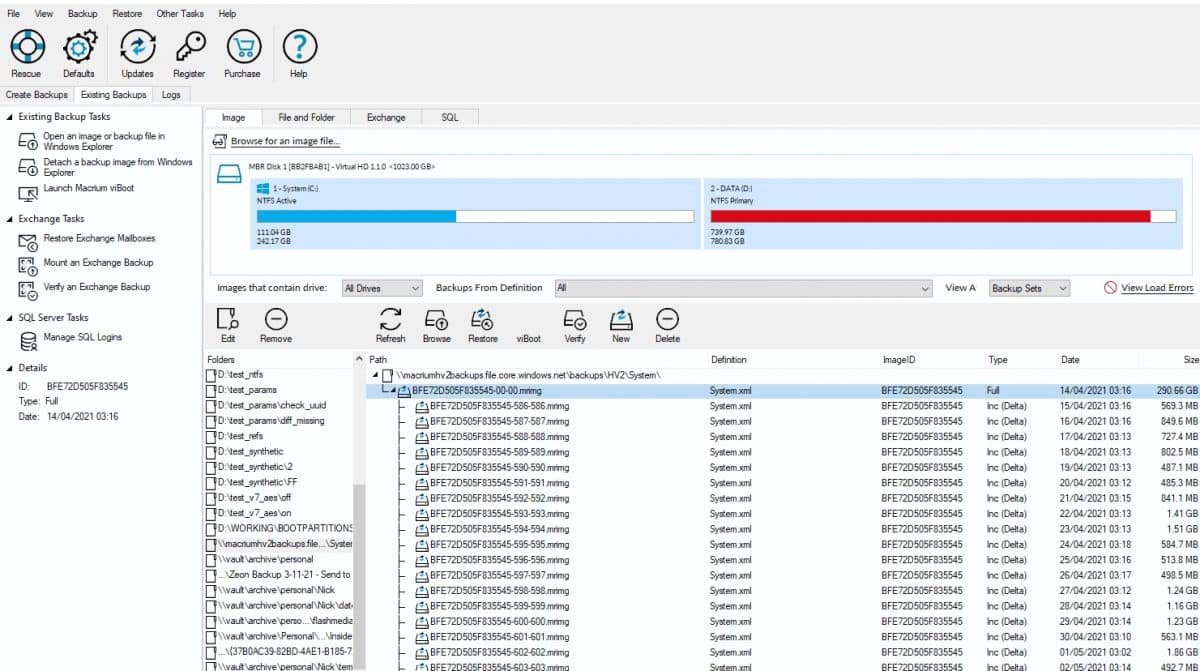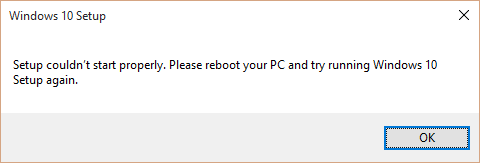
 If the Windows Recovery Environment is missing or Acronis Media Builder is unable to detect it, choose the second or third option. In case of significant hardware upgrade scenarios, like a migration from old SATA HDD to a faster m.2 NVMe SSD you may need to add drivers for the new hardware on the next step of the Media Builder. Windows Recovery Environment is recommended, because it usually has all the drivers required for the successful hardware recognition. Select a toolkit that you want to be used for the rescue media creation. The option "32-bit (x86)" under the "Architecture" drop-down list is for very rare cases of tablets and other devices, that run 32-bit UEFI firmware - not to be confused with 32-bit Windows! Choose 64-bit (圆4), regardless of whether your Windows is 64-bit or 32-bit.
If the Windows Recovery Environment is missing or Acronis Media Builder is unable to detect it, choose the second or third option. In case of significant hardware upgrade scenarios, like a migration from old SATA HDD to a faster m.2 NVMe SSD you may need to add drivers for the new hardware on the next step of the Media Builder. Windows Recovery Environment is recommended, because it usually has all the drivers required for the successful hardware recognition. Select a toolkit that you want to be used for the rescue media creation. The option "32-bit (x86)" under the "Architecture" drop-down list is for very rare cases of tablets and other devices, that run 32-bit UEFI firmware - not to be confused with 32-bit Windows! Choose 64-bit (圆4), regardless of whether your Windows is 64-bit or 32-bit. 
If you select the option "WinPE-based media": Using bootable media created with WinPE may provide better compatibility with your computer’s hardware because the preinstallation environment uses Windows drivers. You can now quit Terminal and eject the volume.First, select the bootable media type: WinPE-based media or Linux-based media. When Terminal says that it's done, the volume will have the same name as the installer you downloaded, such as Install macOS Monterey.After the volume is erased, you may see an alert that Terminal would like to access files on a removable volume.

Terminal shows the progress as the volume is erased.
When prompted, type Y to confirm that you want to erase the volume, then press Return. Terminal doesn't show any characters as you type. When prompted, type your administrator password. If the volume has a different name, replace MyVolume in the command with the name of your volume. Each command assumes that the installer is in your Applications folder, and MyVolume is the name of the USB flash drive or other volume you're using. Type or paste one of the commands below into Terminal, then press Return to enter the command. Open Terminal, which is in the Utilities folder of your Applications folder. Plug in the USB flash drive or other volume that you're using for the bootable installer.







 0 kommentar(er)
0 kommentar(er)
